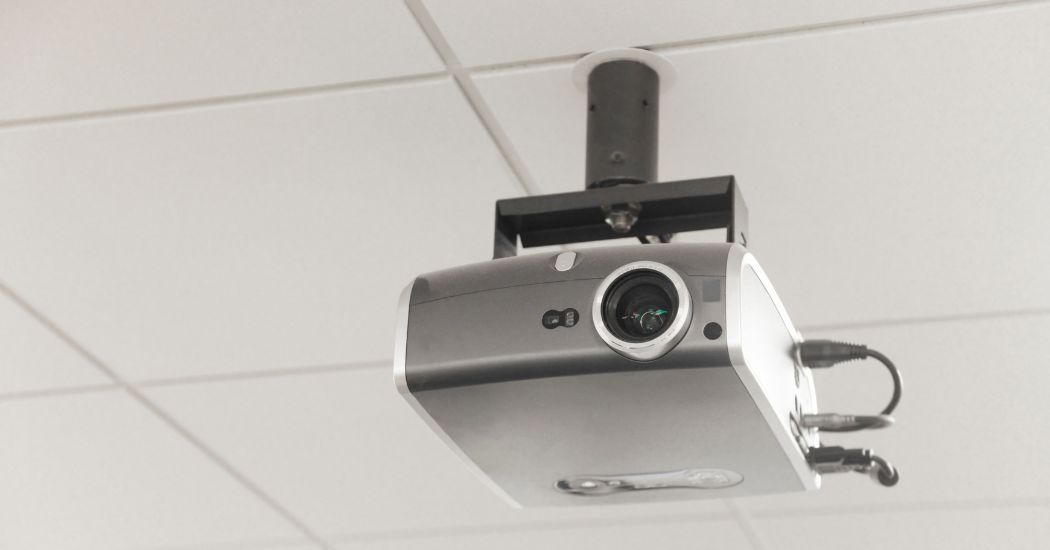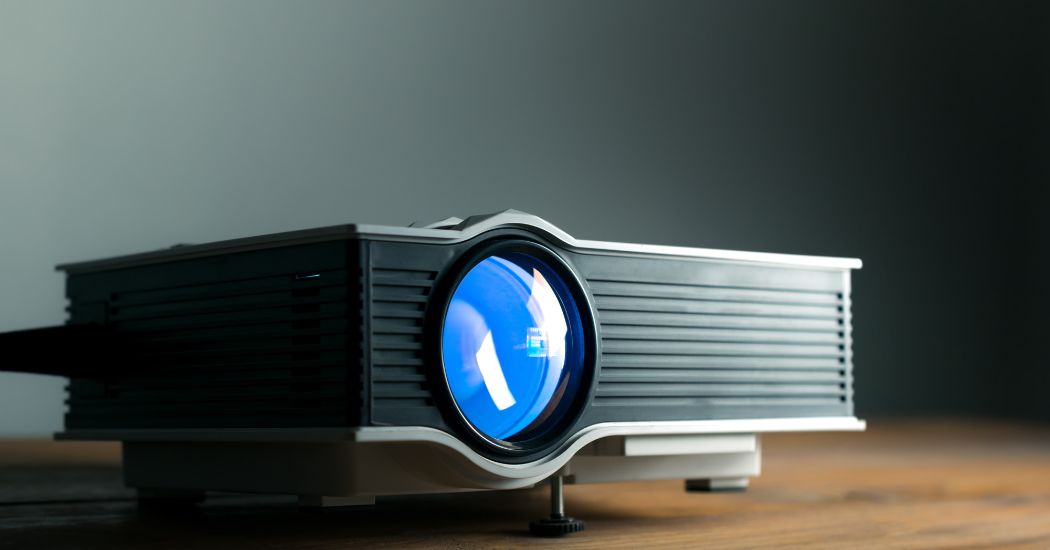How Do Projectors Work? A Comprehensive Guide
- 30 Jan 2023 07:55
- 3616

Projectors have come a long way since their early days as bulky, expensive, and difficult-to-use devices.
Today, they're a standard fixture in boardrooms, classrooms, and home theaters. But how do projectors work?
This comprehensive guide will explore how projectors work, from how they create an image to the different types of projectors available on the market.
Let's dive into the reading for further details!
What Is A Projector?

A projector is a device to display images or videos from a computer or other source onto a large surface such as a wall or screen.
You can find projectors in various places, such as classrooms, boardrooms, and home theaters. They are often for business presentations, video screenings, classroom instruction, or entertainment.
Projectors can have various features depending on the model, such as high brightness, contrast ratio, and resolution.
Some even feature HD capability, allowing for an even sharper image. Projectors can be an invaluable tool for any business or home.
This allows making presentations and other entertainment settings for viewing movies or video games.
Different Types of Projectors

There are various projector types on the market, each of which offers different features and capabilities to suit different needs.
The most common types of projectors include LCD, DLP, LED, and LCOS (Liquid Crystal on Silicon).
LCD Projectors
LCD projectors are the most affordable option and suitable for everyday uses.
- LCD projectors use a combination of liquid crystal display (LCD) technology and lamps to project images onto a screen.
- They are the most versatile projectors and can be a purpose for any presentation, from business presentations to movie screenings.
DLP Projectors
DLP projectors are some of the most popular and widely used projectors in the market today.
- These projectors can produce vibrant, high-contrast images with accurate color reproduction.
- However, they can suffer from the "rainbow effect," which is rainbow-like artifacts that can appear in specific color transitions.
LED Projectors
These projectors are known for their energy efficiency and high level of brightness.
- They usually have faster response times, allowing for smoother motion when playing video or other moving images.
- They produce sharper images with better contrast and vibrant colors.
- These features make LED projectors famous for commercial and home theaters.
LCOS Projectors
LCOS projectors are digital projectors that use an array of tiny mirrors to project images onto a screen.
- This type of projector is known for its superior image quality and ability to produce an incredibly high resolution.
- In addition, LCOS projectors also typically offer a more comprehensive range of color accuracy and contrast than other projector types.
- So, they are often for high-end home cinema systems and professional applications such as medical imaging, manufacturing, and education.
Components of Projectors
Projectors are an invaluable tool for modern communication and entertainment.
They are composed of components that work together to create the projected image or video. The basic components include the lamp, lens, and case.
- The lamp is the projected light source, typically powered by halogen, xenon, or LED technology.
- The lens is responsible for focusing the light and creating the image.
- The projector case houses all components and protects from dust and other contaminants.
In addition to these components, projectors have several other parts that make them even more helpful in adjusting and controlling the image and the ability to connect to external devices.
How Do Projectors Work?

Projectors are crucial in many businesses and entertainment centers, but how do they work? Projectors use a combination of mirrors and lenses to reflect an image onto a large surface.
Inside a projector, a light source illuminates a small image that the machine reflects onto a digital micromirror device (DMD).
This device is a chip covered in hundreds of thousands of tiny mirrors, each of which can be individually adjusted to change the color and intensity of the projected image on the surface.
The powerful computer processor controls the mirrors' adjustment and movement, allowing for accurate image reproduction and smooth playback of video. The image is projected through a lens and onto a large surface.
Tips on Using Projectors
Projectors are essential for any presentation, allowing you to display visuals to a large group of people. When used effectively, projectors can help you to make an impactful presentation.
Here are a few tips to consider when using projectors:
- Be sure to position the projector, so it does not shine directly into anyone's face. This can create an uncomfortable environment and can distract from the presentation.
- Make sure to adjust the settings of the projector before beginning your production. This includes setting the resolution, brightness, and contrast levels and choosing the necessary input source.
- Make sure you have the right equipment. It's essential to check the compatibility of your projector with the media you're using.
- If you're using a laptop, check its port type and if the projector has the right connections.
FAQs
How do projectors work with a laptop?
Projectors can be a great way to display content from a laptop onto a larger screen. The process is relatively simple and requires a few pieces of equipment.
To connect a laptop to a projector, one will need to use either a VGA cable, an HDMI cable, or an adapter if the computer does not have either port.
It's essential to check the projector and laptop specifications to determine the cables needed. Once the laptop and projector are connected, the projector should recognize the laptop as a display source.
The projector will then be able to display the contents of the laptop's screen on a larger display.
Can projectors work in daylight?
Projectors can still work in daylight and other bright environments, depending on the model, the environment, and the conditions.
For example, some projectors feature high lumen (brightness) levels and image enhancements that can provide a clear image in brighter conditions.
What do you need to make a projector work?
To make a projector work, you must have the proper hardware and setup.
This includes the projector, a power cable, a display source (such as a computer or media player), cables to connect the projector to the display source, and a projection surface.
Conclusion
Projectors are a great way to display images, videos, or other content in a large format. But how do they work? In short, projectors use a light source, lenses, and a display surface to project an image.
By understanding the basics of how projectors work, you can be sure to choose the projector for your needs. Thank you for taking the time to read this post!
